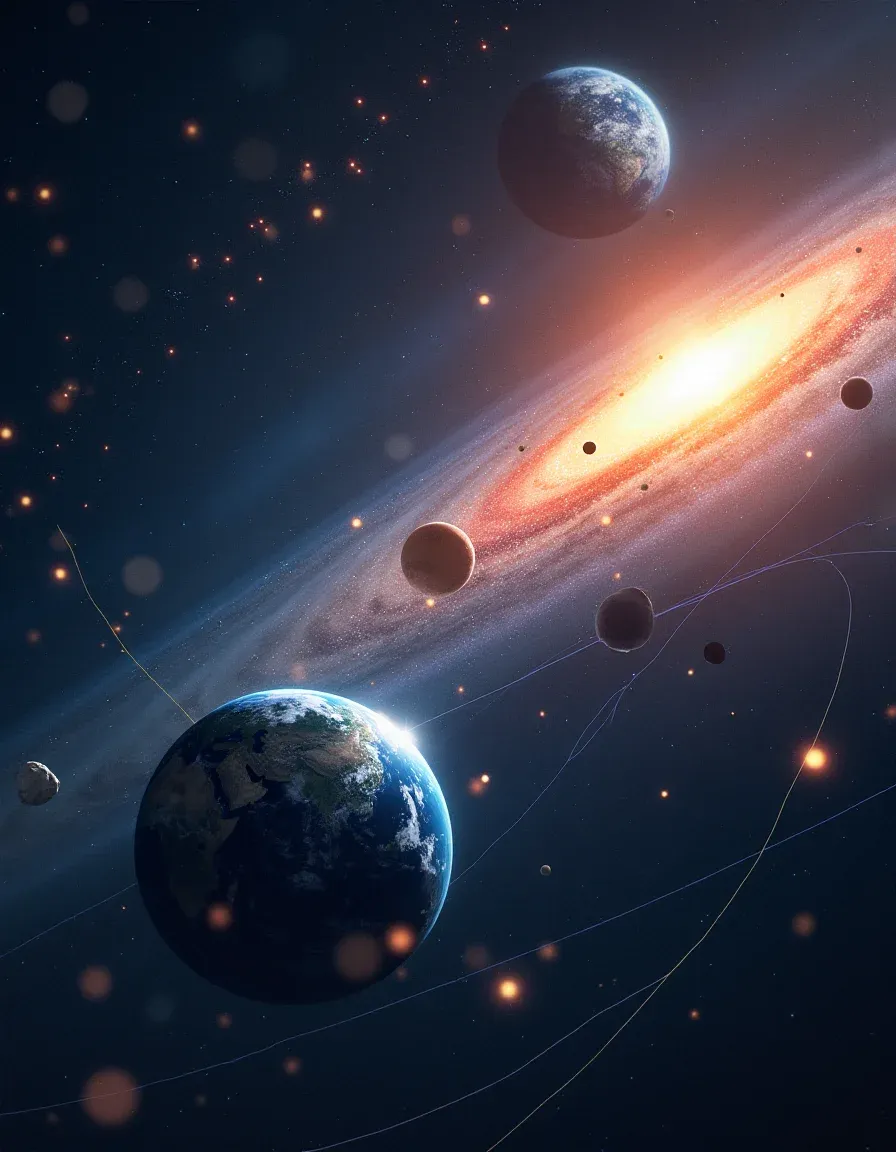How We Measure the Size of the Observable Universe (in Plain Language)
How can we measure the observable universe? This plain-language explainer reveals the clever tricks, from parallax and standard candles to redshift and the cosmic microwave background, that let astronomers map cosmic distances.

What you're really asking
How can we possibly know how big the observable universe is, or how far away galaxies and stars are when they’re so insanely distant? It sounds impossible — but with a few clever tricks, we can map out distances across cosmic scales.
The toolkit: simple, powerful ideas
- Parallax: For nearby stars we use tiny shifts in position as Earth orbits the Sun. It’s the same idea you use when one eye closes and distant objects seem to move relative to near ones.
- Standard candles: Certain objects have known intrinsic brightness. Measure how dim they look, and you get distance. Cepheid variable stars and Type Ia supernovae are classic examples.
- Redshift + Hubble’s law: The light from distant galaxies is stretched to redder wavelengths by the expanding universe. More red = faster recession = farther away. Using this relation we convert redshift into distance (with some cosmology math).
- Cosmic microwave background (CMB): The oldest light we can see gives a snapshot of the early universe. From it we infer the size of the region that could have sent light to us — the observable universe.
Simple analogies to keep it human
One neat analogy: imagine measuring your distance to school by comparing house sizes on a map. If you know the real size of a window and see how many “house-units” fit between you and school on the map, you estimate distance. Astronomers do similar scaling-up using objects whose real size or brightness we understand.
Important distinction: "observable" vs "total"
“Observable” means only the stuff whose light has had time to reach us since the Big Bang. It’s limited by the speed of light and the age of the universe — not by our instruments. The radius of that observable sphere is about 46.5 billion light-years (see more on the Observable universe page).
Extra helpful notes
- Some people point out that you can also estimate ages of stars (e.g., white dwarf cooling) to constrain cosmic timelines.
- Others recommend great explainer videos — for a deep visual walkthrough, check out 3Blue1Brown’s recent series: https://m.youtube.com/watch?v=YdOXS_9_P4U.
- Remember: distances at cosmic scale depend on your cosmological model — but multiple independent methods agree well, which builds confidence.
Short takeaway: we piece together distance using geometry (parallax), reliable “rulers” and “candles,” and the redshift of light stretched by cosmic expansion. Combine those with physics from the CMB and you get the size of the observable universe — not because we’ve been there, but because the light reaching us carries that story.




